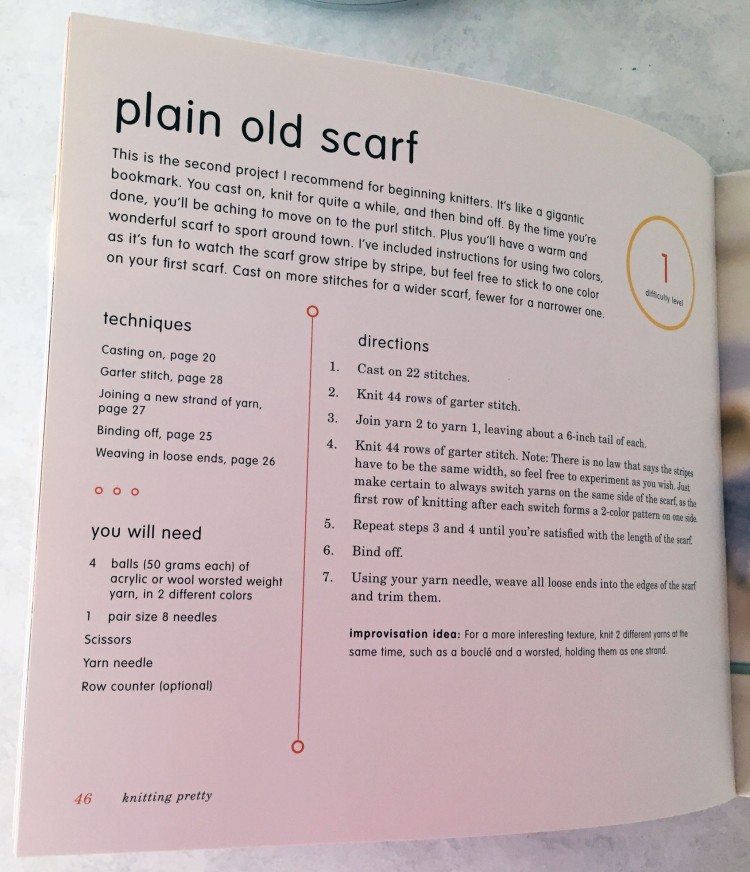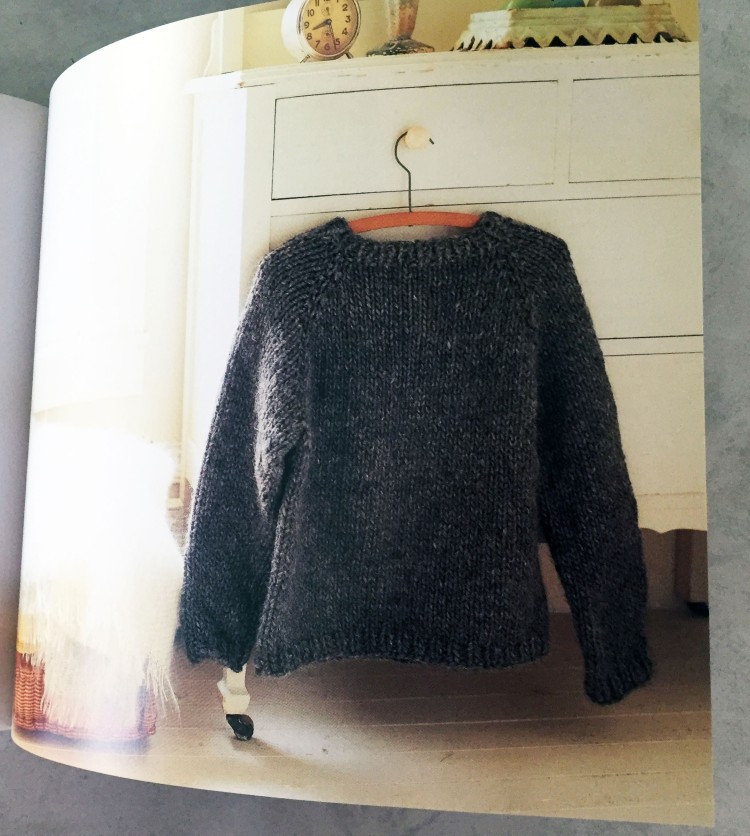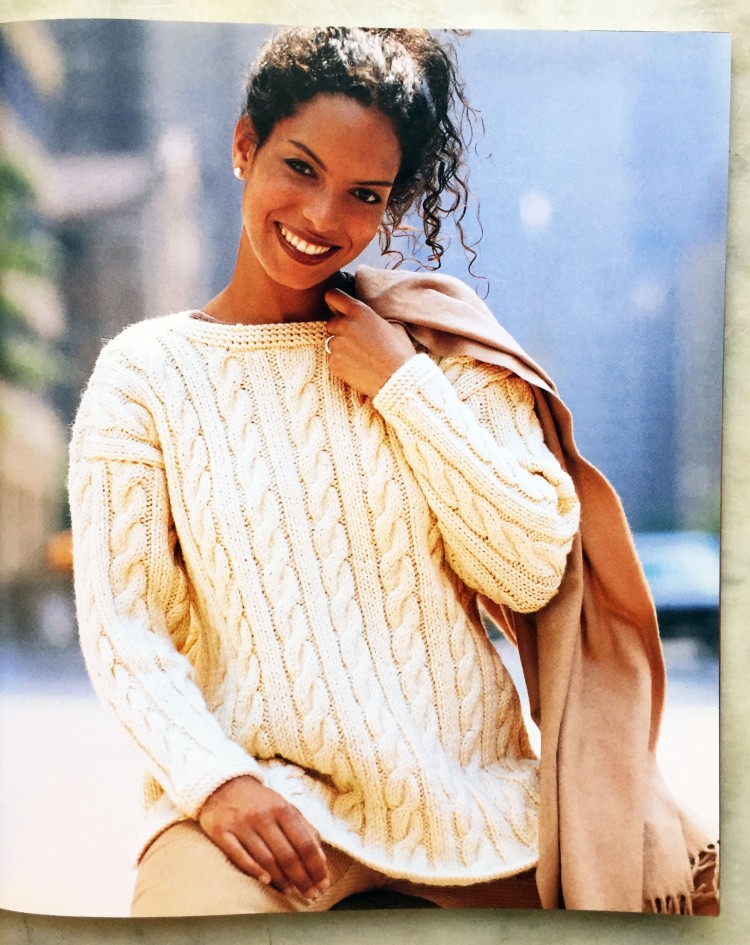
The Green Mountain Spinnery Knitting Book cover – Margaret Klein Wilson
After a long hiatus, I’ve realized that my mission to remove knitting and crochet books from my shelves has really stalled. Got to get back to it in a big way!
This book is a perfect one to start my book removal quest. It’s a nice book for someone looking for classic knits. The Green Mountain Spinnery has a wonderful back story that is worth a read.
Green Mountain Spinnery Knitting Book was published in 2003 by The Countryman Press in Woodstock Vermont.
Before I begin, I’ll start out by saying that I’m moving this book off my shelves. It’s a nicely done book, but not really relevant to my knitting these days.

Back Cover – Green Mountain Spinnery Yarn

The Green Mountain Spinnery History
Where it all began. A 3-page section on the company’s history is a good way to start.

Guernsey-style pullovers and Fair Isle cardigan
I liked the still life photos. They keep the mainly classic designs from becoming dated.

Instruction example
The instruction pages had a clear layout. There were shaded designer notes, size, materials and experience level. The instructions below were clear and included a schematic drawing with measurements.

Pattern Charts
Good charts and a side-bar of 4 color ways make this project approachable and easy to follow. One might have to enlarge the chart to make it more readable.

Easy Raglan pullovers
I love these top-down pullovers. The pattern comes in child’s and adult’s sizing – a real plus! I might copy this pattern before I move this book to a better home.

His and Hers Aran Pullovers
Love these classics that are sized from chest size 37″ to 54″. A great range!

Classic Accessories
The last project is a group of accessories.

Chart of Patterns
This was something I don’t think I’ve seen in a book of patterns. It’s a very helpful chart outlining everything you need to know before starting a pattern including skill level, gauge, needle size, finished measurements and yarn needed. Great!

Favorite References
Another excellent feature was a page giving some great classic books that definitely should be in a well-rounded knitter’s library.

Green Mountain Spinnery Yarns
The 3-page section on yarns would best be described as “a word from our sponsor”. It is after all a book produced and edited by a company who sells. It’s also great for helping a knitter substitute other yarns.
https://www.amazon.com/Green-Mountain-Spinnery-Knitting-Book/dp/088150579X/ref=sr_1_1?ie=UTF8&qid=1473276436&sr=8-1&keywords=the+green+mountain+spinnery+knitting+book











































































